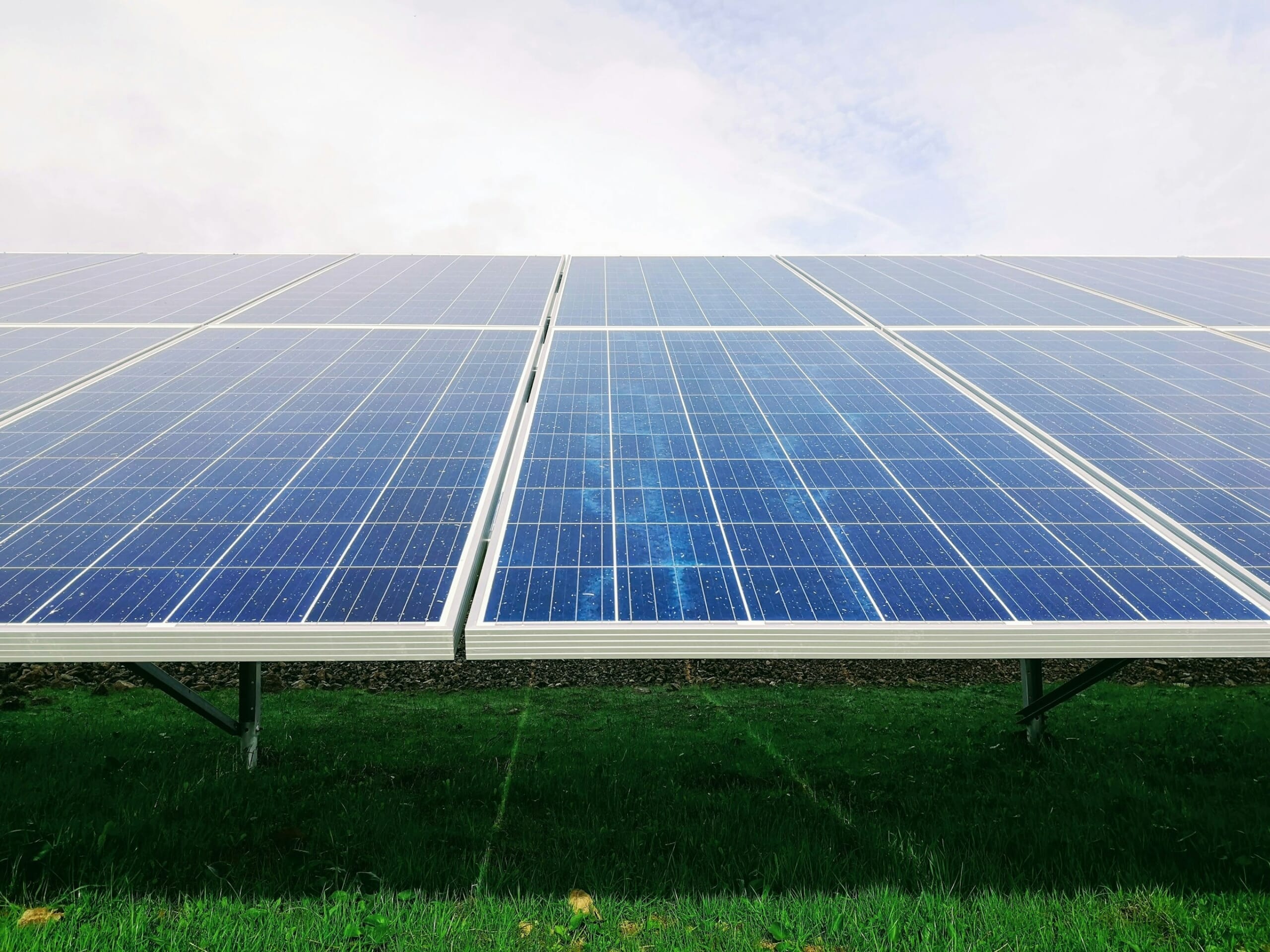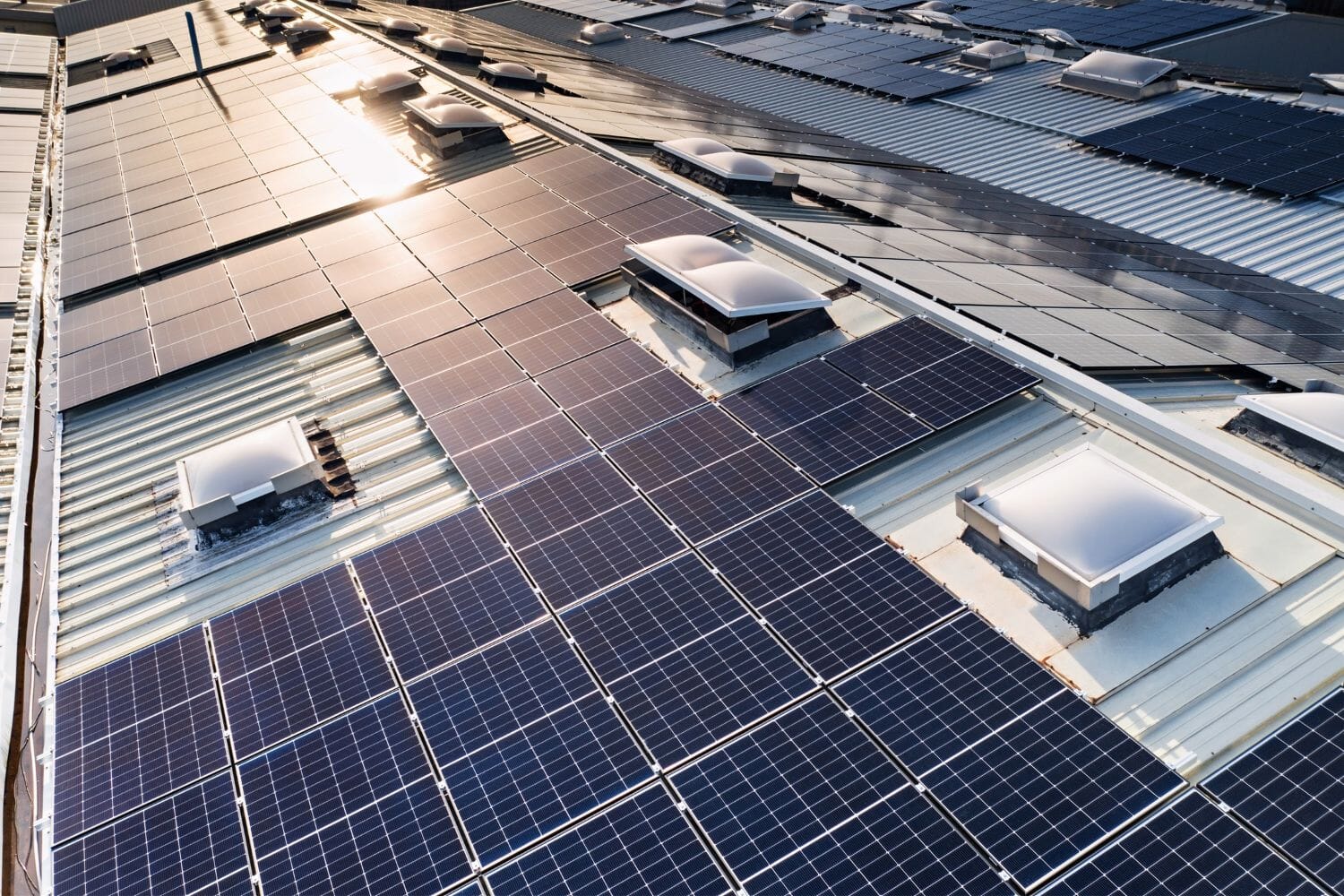While the adoption of C&I rooftop solar is growing rapidly, research suggests that assets are often not operated at their full potential. Here, Peter Hall, director of asset management at AMPYR Distributed Energy (ADE), explains the importance of lifecycle maintenance, explores the pitfalls of failing to plan for the future, and discusses who is ultimately responsible for solar optimisation.
Rooftop solar delivers significant benefits from an energy cost and carbon saving perspective, so it’s no surprise that adoption figures are growing rapidly. Provisionally, Government figures show that (as of the end of June 2025) there was 19.0 GW of solar capacity in the UK across two million installations. This is an increase of 7.8% (1.4 GW) since June 2024.
While it’s safe to say that the bulk of new arrays are domestic, they only account for 30% of capacity, with the remainder – which is rising rapidly – split between ground-mount and rooftop solar on non-residential buildings. This is positive news for the UK government, which is targeting 45-47GW of installed solar capacity by 2030 through its Clean Power Action Plan and Solar Roadmap.




